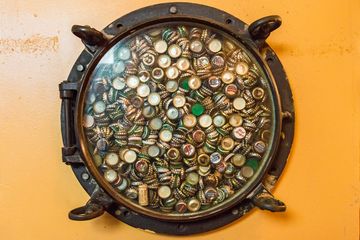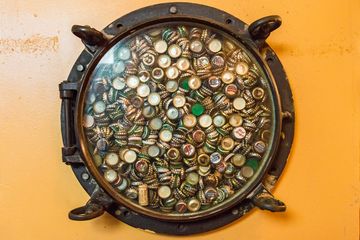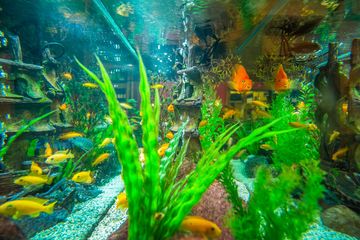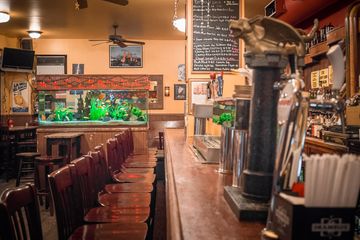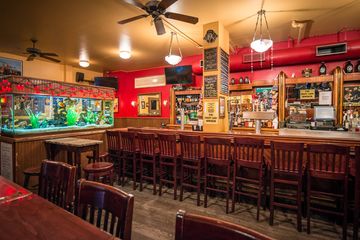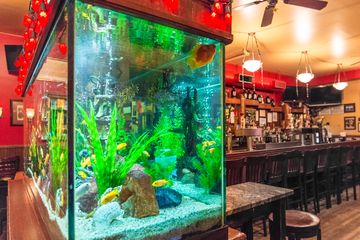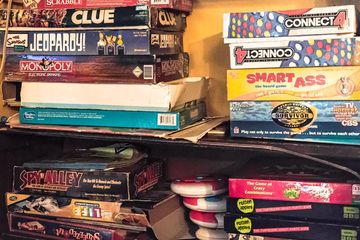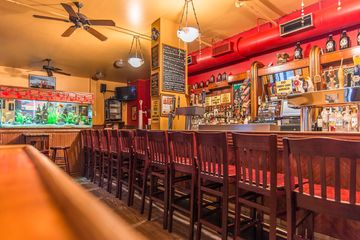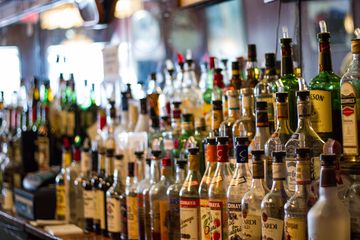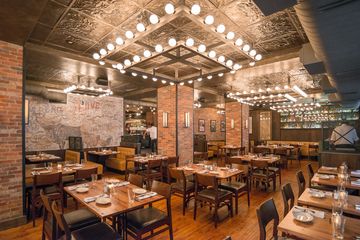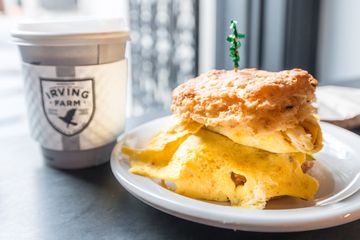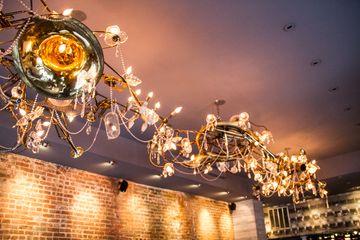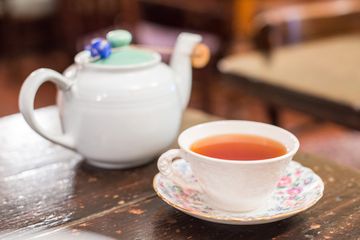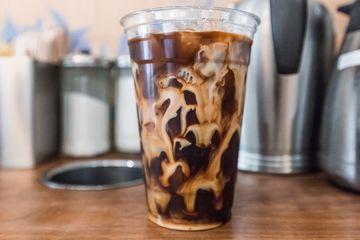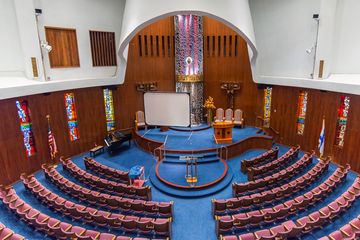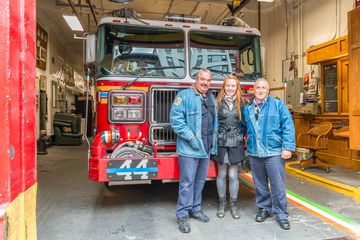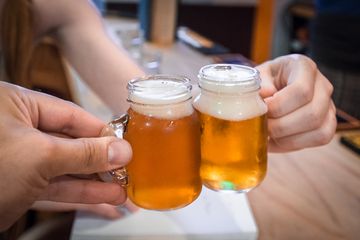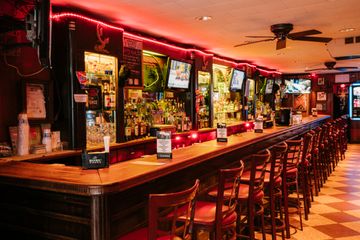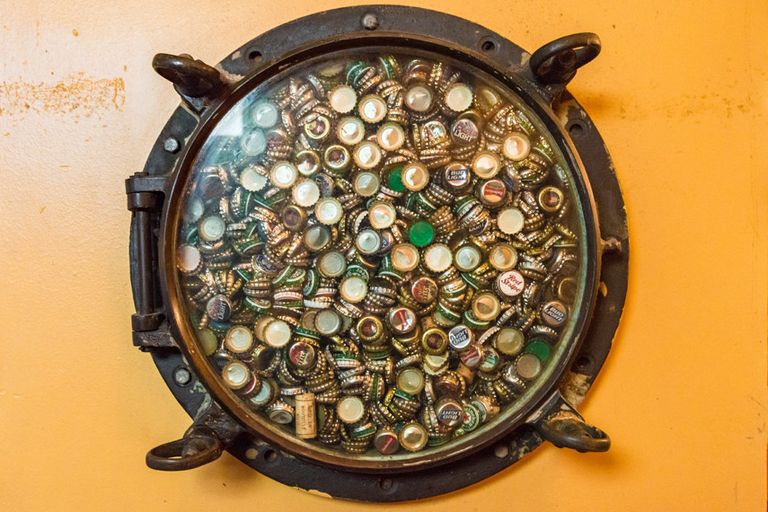
From the conversations that I have had with others on the Upper West Side over the last few years, I have determined that almost anyone who lives or works nearby can tell you about Dive 75. It has been the neighborhood watering hole since 1998 when Lee Seinfeld and Jim Peterson first opened it. Prior to going into business together, they were both bartenders at Broadway Dive on 101st Street and had been friends for many years before that. As Lee puts it, “Our relationship is longer than either of our marriages.” Each of their three Dive Bars has a subtle, aquatic theme, with fish tanks occupying a central location in the room. Though this feature is primarily a play on words, Lee did mention to me that Jim is a diver and owns a successful diving store.
Despite the name, the bar is very clean. Despite the oxymoron, it truly is an “upscale” dive bar. “I can’t keep it as dive-y as I want to,” Lee laughed. He keeps the venue in top shape and offers an extensive scotch, wine, and craft beer list that drinkers usually would not see in a true dive bar, since that seems to be what his customers prefer. He also pointed out that he has an impressive selection of ciders. “I love ciders,” he said simply, telling me about a reasonably new cider provider called Aaron Burr from the Hudson Valley that uses foragers to collect their apples. Lee was then pleased to share that his son, Nicholas, now does a lot of the buying, having recently joined the business.
When I stopped in late one afternoon, Shira Levine, one of the bartenders, was getting ready to open for the evening. Originally from Israel, Shira told me that she moved to New York in 2011 and essentially got a job at Dive 75 the very next day. She enjoys letting friends at home know where she works: “I tell them, ‘You know Cheers?’ That’s where I work.” She then added, “It’s Halloween here every day,” since the bar always has candy on hand. When I asked what customers usually come in for, she answered, “The beer selection, the board games...basically, the great ambience. They just come to have fun.” She added that people also come to be part of a group.
In my conversations with Lee, he elaborated on this group vibe, saying that he did not realize how important the bar was to the community until 9/11. Shortly after the tragedy, people started showing up to the bar in droves, not to drink so much as to simply be together. “The bar became a hub where people went to console each other.” Similarly, after Hurricane Sandy, when many were left without power, men and women visited Dive 75 so that they could eat a hot meal. Lee was happy to provide a service to those in need. “I’m proud to be able to serve the neighborhood.” And it is evident that the neighborhood is happy to have him.
